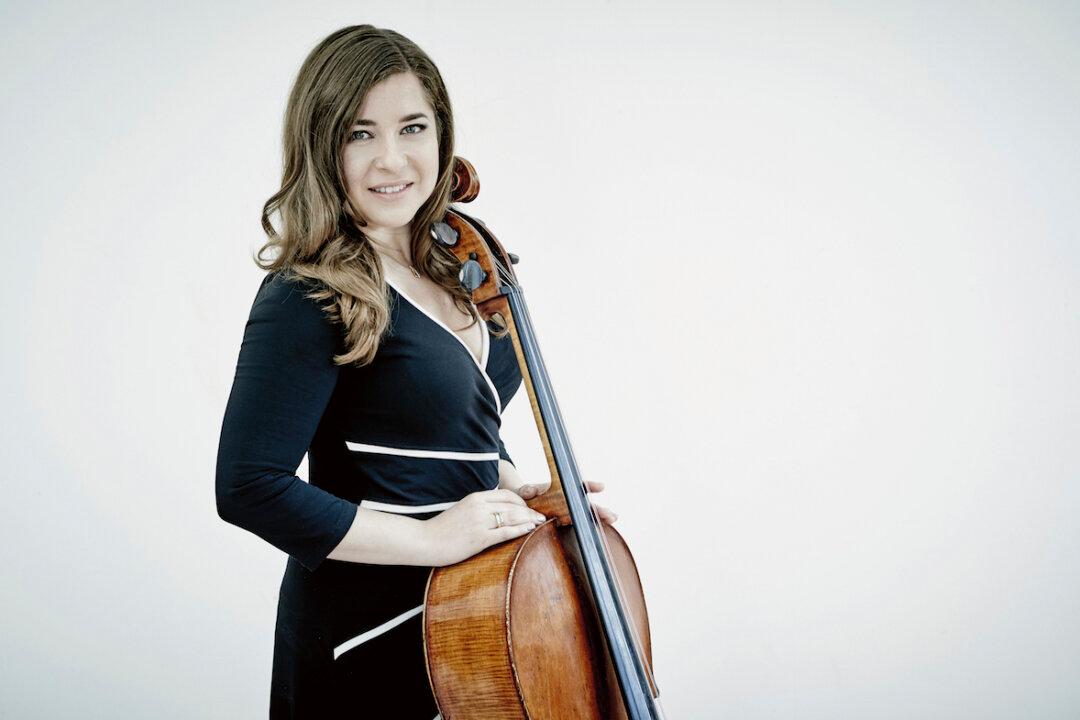Johann Sebastian Bach’s six cello suites are some of the most popular classical music pieces. The prelude of the first suite has long been among the most recognizable of melodies, frequently used in the background of commercials, films, and so on.
These pieces for unaccompanied cello might have been lost to music history, if young Spanish cellist Pablo Casals hadn’t picked the suites out of a dustbin in the music store he worked in a hundred years ago. Bach had written them for possibly a five-stringed instrument, and Casals transcribed them for the modern cello.
The suites are now a staple of cello repertoire. Yet the widely acclaimed American cellist Alisa Weilerstein had long been hesitant to perform all six suites together.
It is one of the most exhilarating and exhausting experiences.






